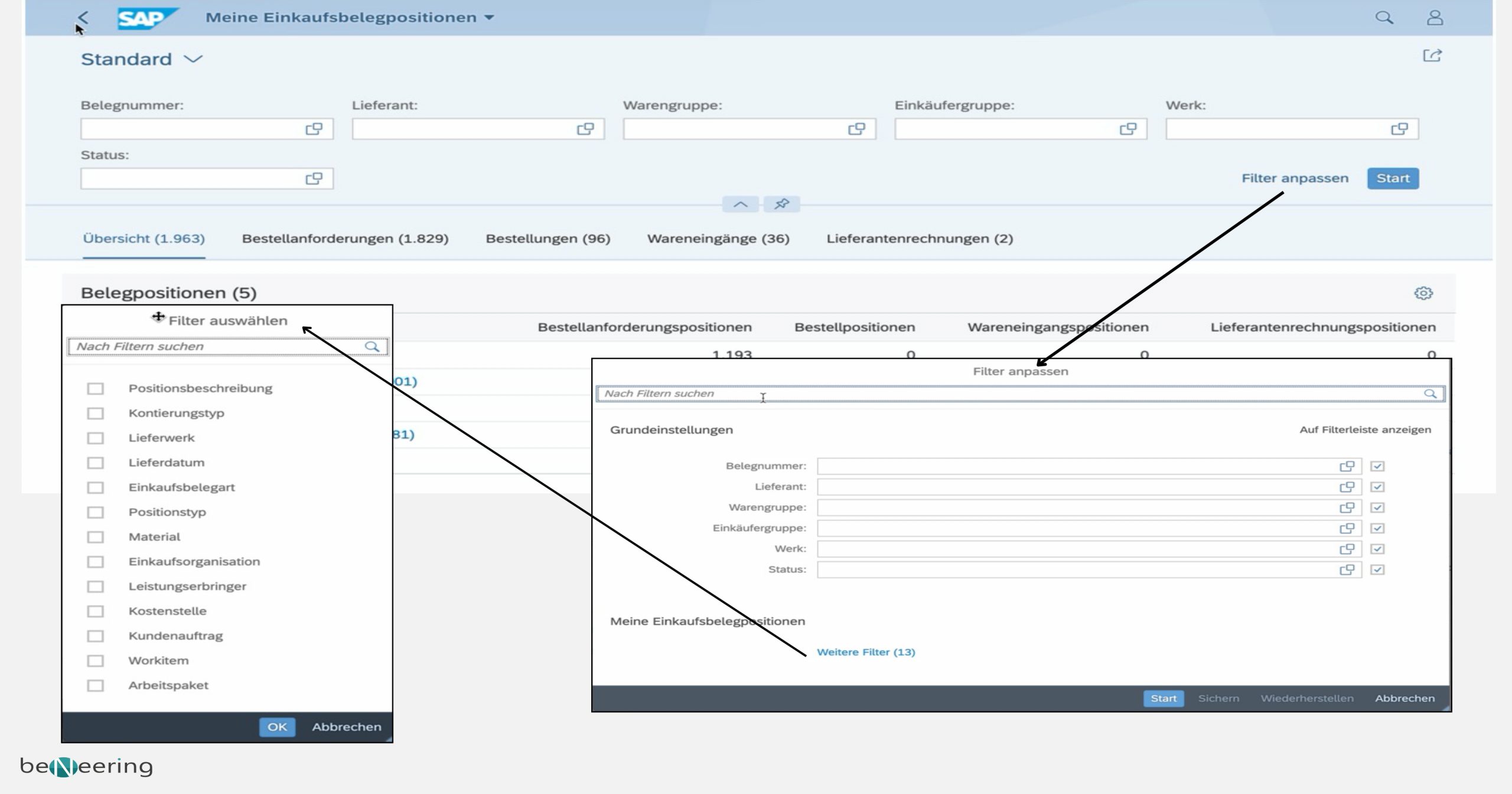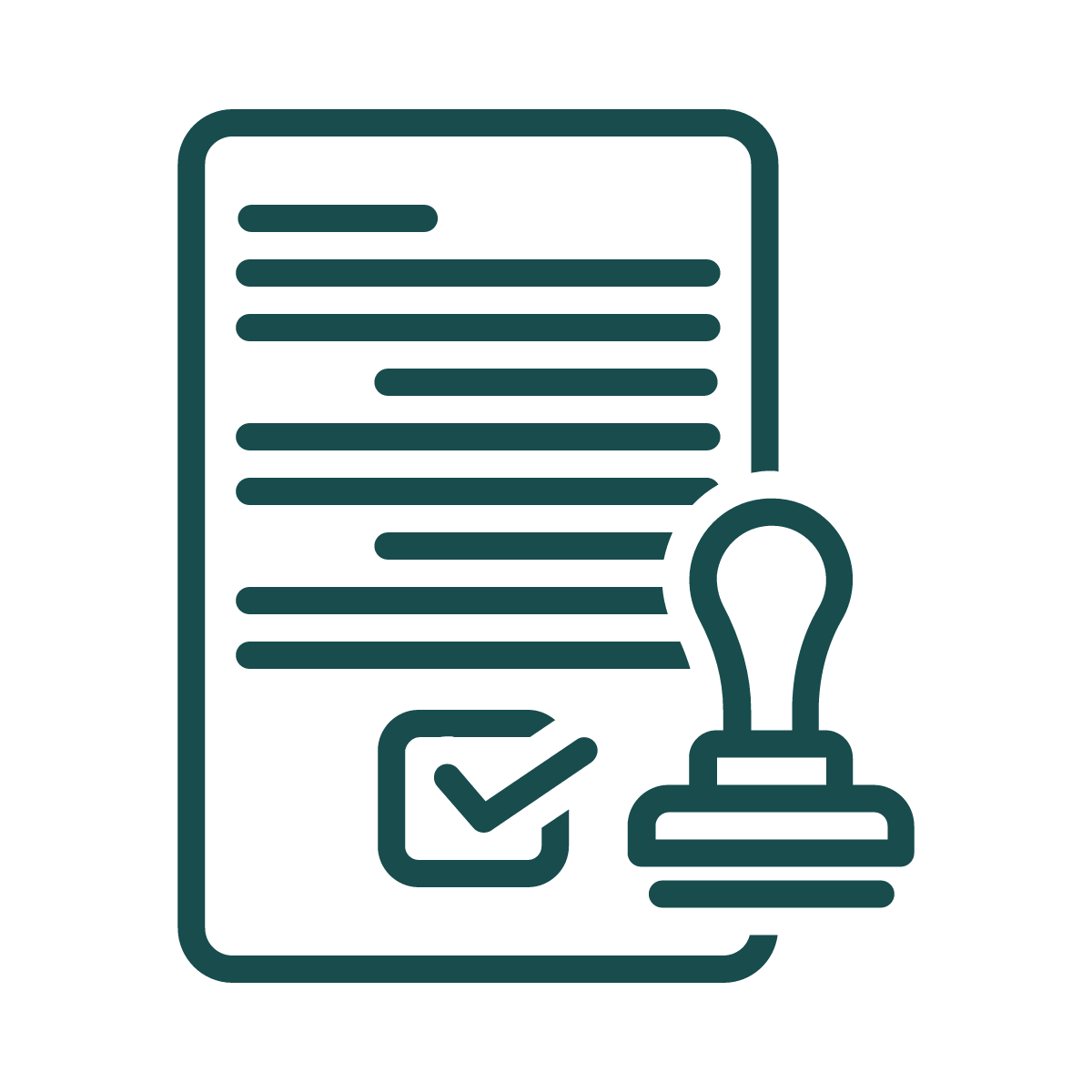Traditionally, the SAP ERP system requires numerous steps for creating a purchase order and processing it:
Inputting information, document verification, identifying errors, providing additional necessary details, rechecking, etc.
Even with templates (e.g., a previous purchase order), many error sources must be identified and corrected before the purchase order can be submitted.
The purchase order processing in SAP S/4HANA is more streamlined, simpler, and faster:
Through a central window with automatically populated fields and the relevant number of fields.
The S/4HANA app “Manage Orders” allows the user to focus on the relevant fields (or mandatory fields) of the order and display further detailed information in additional tabs.









